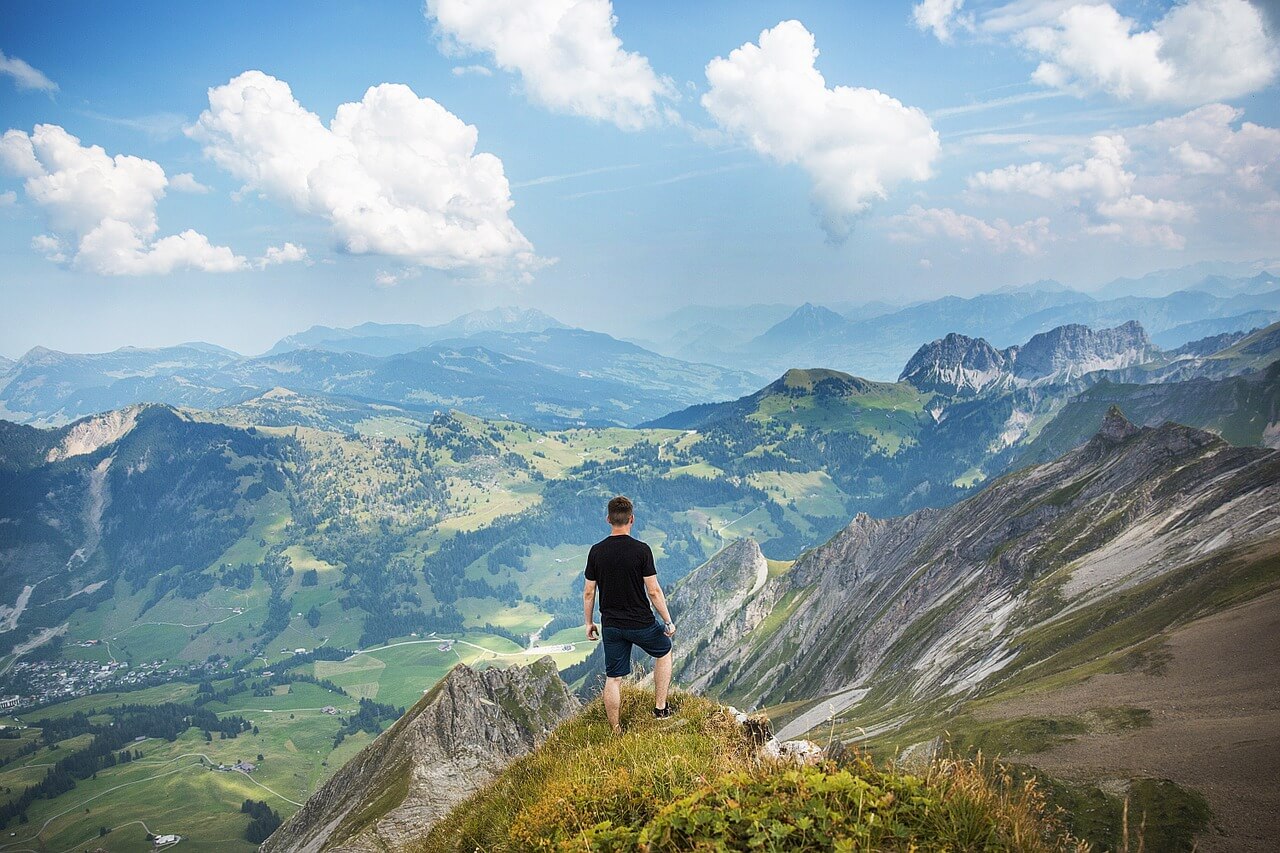Mountain View Panorama: A Majestic Tapestry of Nature’s Grandeur
In my latest photograph titled “Mountain View Panorama,” I invite you to embark on a visual journey through the breathtaking vistas of nature’s grandeur. Captured from a vantage point high amidst the rugged peaks, this panoramic view showcases the majestic beauty and timeless allure of mountain landscapes. 
In “Mountain View Panorama,” I aim to transport viewers to the awe-inspiring realm of mountain landscapes, inviting them to marvel at the raw beauty and timeless grandeur of nature’s masterpieces. Through meticulous attention to detail and a deep appreciation for the natural world, I strive to capture the essence of mountain vistas in a panoramic tapestry that inspires awe and reverence.
Nature’s Grandeur: Capturing Mountain View Panorama
As we immerse ourselves in the panoramic expanse before us, we are greeted by a symphony of natural elements that converge to create a scene of unparalleled beauty. Towering mountain peaks rise majestically against the canvas of the sky, their rugged contours etched with time. Rolling hills and verdant valleys extend into the distance, painted in hues of green and gold by the gentle touch of sunlight.
Majestic Tapestry: Mountain View Panorama
But beyond its aesthetic appeal, the Mountain View Panorama serves as a poignant reminder of the intrinsic connection between humanity and the natural world. It is a testament to the resilience and beauty of the earth’s landscapes, a call to action to cherish and preserve the fragile ecosystems that sustain life on our planet.
To capture the Mountain View Panorama in all its splendor, specialized equipment and techniques are essential. Here’s a glimpse into the equipment and considerations required to undertake such a photographic endeavor:
- Camera: A high-quality digital camera with manual exposure settings and interchangeable lenses is crucial for capturing the intricate details and dynamic range of mountain landscapes. A DSLR or mirrorless camera with a full-frame sensor is recommended for optimal image quality.
- Wide-Angle Lens: A wide-angle lens with a focal length of 14-24mm or similar is ideal for capturing expansive panoramic views. This lens allows you to encompass a wider field of view and capture the vastness of mountain landscapes in a single frame.
- Tripod: A sturdy tripod is essential for maintaining stability and minimizing camera shake, especially when shooting panoramic images. Look for a tripod with adjustable legs and a ball head for flexibility in positioning the camera.
- Remote Shutter Release: A remote shutter release or cable release allows you to trigger the camera without physically touching it, reducing the risk of camera shake and ensuring sharp images, particularly during long exposure shots.
- Filters: Neutral density (ND) filters and graduated neutral density (GND) filters are valuable tools for controlling exposure and balancing the contrast between the bright sky and the darker foreground in mountain landscapes.
- Panoramic Head: For precise alignment and seamless stitching of panoramic images, a panoramic head or nodal slide is recommended. This specialized tripod head allows you to rotate the camera around its nodal point, minimizing parallax errors and ensuring accurate alignment of overlapping images.
When embarking on a Mountain View Panorama shoot, careful planning and consideration of lighting, composition, and weather conditions are paramount. Timing the shoot during the golden hours of sunrise or sunset can enhance the dramatic impact of the landscape while monitoring weather forecasts and scouting locations beforehand can help anticipate optimal shooting conditions.



